Mixture of Lolium westerwoldicum specific for lawns and latest generation diploid perennial Lolium. This is the ideal mixture for overseeding in periods of low temperatures and/or in macrotherms where a short spring transition period is desired.
The term Lolium westerwoldicum refers to a subspecies of Lolium multiflorum with a purely annual character, defined as "alternative" type, which does not require cold (vernalization) in order to flower; therefore its subsequent elimination in spring for the benefit of the basic macrotherm that may be present is very simple and does not require chemical interventions.
The intercropping of the selected varieties of the mix makes this formulation perfect especially for sports surfaces, but also for ornamental gardens. Therefore the choice to include a diploid perennial Lolium is strongly related to the variety considered, capable of providing kindness and robustness to the mixture, always maintaining the possibility of its subsequent elimination through a few agronomic practices.
Germination times are very short and tillering is rapid, managing to obtain adult plants capable of withstanding heavy loads of use such as football matches and/or other sporting events in a short time and in non-optimal environmental conditions.
The color is medium-intense to also improve scenographic and television effects; it can therefore be used for interventions on American varieties, but is also well suited to brighter cultivars of European germplasm.
Composition:
Lolium westerwoldicum Fade (70%)
Lolium perennial Berlioz 1 (30%)
Technical advice:
Ground
Loose, warm, soft, better if well aerated, with a pH tending towards neutrality.
Sowing period
From October to March/April for sports fields (better if equipped with a heating system); from March to November (excluding summers) for ornamental carpets. Germination times from 3 to 10 days. depending on soil temperatures (soil temperature above 10° C).
Recommended dosage
30-40 g/m² in classic situations and/or in gardens up to 80-100 g/m² for technical overseeding (playgrounds). Higher doses are always recommended in case of overseeding in less than ideal conditions and/or with imperfect tillage of the seedbed.
Cut
After overseeding, carry out the first mowing when the grass reaches 4-6 cm and never remove more than 30% with each cut
Nutrition
Phosphate fertilization at sowing with Start Life. Then plan maintenance fertilizations with slow release and/or programmed release nitrogen (such as Sprint N 27-0-14 or Super Turf 24-6-9). On cold and infertile soils we recommend the distribution of Cold Time 4-3-8 to face and overcome potential biotic and abiotic stresses
Irrigation
When planting, keep the seedbed constantly moist so as not to stop the germination process. In the winter period, irrigate with 2-4 mm of water for the first few days until emergence (based on the air humidity rate and weather events). For any interventions in late summer, if possible, program a 1-2 mm thermal irrigation every day around 11:00 (syringing)
Phytostimulation
Plan at least 2 biostimulant treatments (Always, Pre-Stress, Power Liquid) between July and August to increase tolerance to heat and trampling.
Regeneration
It can be performed in 2 different periods with 2 different purposes. At the beginning-late autumn (depending on the settlement area) to cover the yellow color and allow vegetative growth of the lawn, intervention with MACROSEEDING at a dose between 40-50 and 80 g/m2 (the higher doses refer to technical overseeding). Or at the end of winter (February-March) with particular interest in sports, again with the same doses. In any case, a verticut must always be carried out with the removal of the felt and waste material before reseeding operations





















.jpg)










